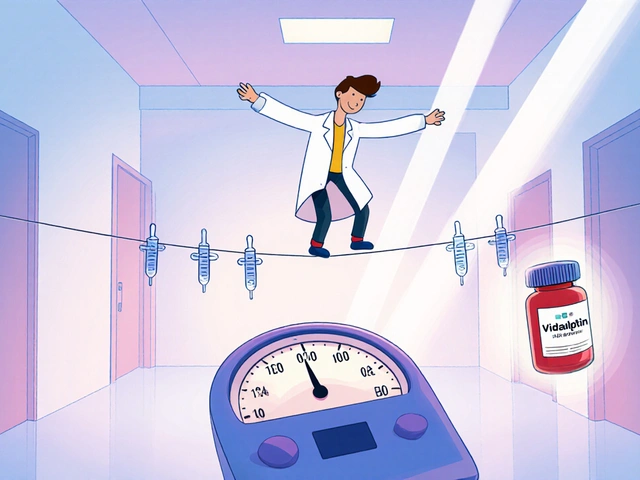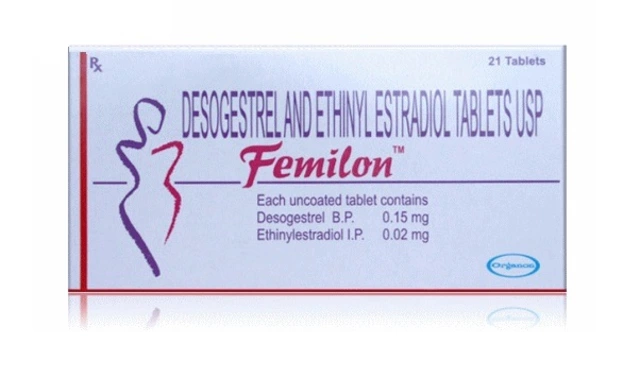Immune Activation: What It Is and Why It Matters
Ever wonder why you get a sore throat after a cold or why a cut turns red and puffy? That’s your body’s immune activation kicking in. In plain terms, it’s the alarm system that wakes up your immune cells when something looks scary—like a virus, bacteria, or even a damaged cell. When the alarm sounds, your immune system sends troops, releases chemicals, and tries to fix the problem.
Most of us think a strong immune response is always good, but there’s a sweet spot. Too little activation and infections linger; too much, and you get chronic inflammation, which can hurt joints, heart, and even the brain. Understanding that balance helps you make smarter choices about diet, stress, and sleep.
How Your Body Detects Trouble
Your cells have built‑in sensors called pattern‑recognition receptors. When these receptors spot foreign bits—think viral RNA or bacterial wall fragments—they sound the warning. The signal travels to immune hubs like the spleen and lymph nodes, where white blood cells gear up. Cytokines, the chemical messengers, spread the word, causing fever, swelling, or the fatigue you feel when you’re sick.
Different triggers provoke different patterns. A viral infection usually ramps up interferons, while a bacterial invasion pushes up interleukin‑6 and tumor‑necrosis factor. Knowing the pattern can hint at what’s going on, which is why doctors order specific blood tests when you’re unwell.
Practical Ways to Keep Activation in Check
1. Eat anti‑inflammatory foods. Fruits, leafy greens, nuts, and oily fish are loaded with antioxidants that calm over‑active cytokine storms. Skip excess sugar and processed snacks—they’re like fireworks for inflammation.
2. Move regularly. Even a 30‑minute walk boosts circulation and tells immune cells to patrol efficiently rather than overreact. Consistency beats intensity here.
3. Prioritize sleep. During deep sleep, your body releases growth hormone and clears out waste, resetting immune pathways. Aim for 7‑9 hours to avoid chronic activation that fuels fatigue.
4. Manage stress. Chronic stress releases cortisol, which can both suppress and paradoxically trigger immune activation. Simple breathing exercises, meditation, or a hobby can keep cortisol levels steady.
5. Stay up to date on vaccines. Vaccines give your immune system a rehearsal before the real fight, leading to a faster, more controlled activation when you actually encounter the pathogen.
Remember, occasional immune activation is normal—it's how you heal. The goal isn’t to shut it down completely but to avoid the extremes that lead to chronic disease. If you notice persistent swelling, unexplained fatigue, or joint pain, it might be worth chatting with a healthcare professional about your immune balance.
In short, immune activation is your body’s built‑in defense, and you can steer it toward health by eating well, moving, sleeping, and keeping stress low. Treat it like a thermostat: you want it warm enough to protect, but not so hot it burns the house down.

How Atrophic Gastroenteritis Links to Chronic Fatigue Syndrome
Explore the medical link between atrophic gastroenteritis and chronic fatigue syndrome, covering shared mechanisms, evidence, and management tips.
Read More




